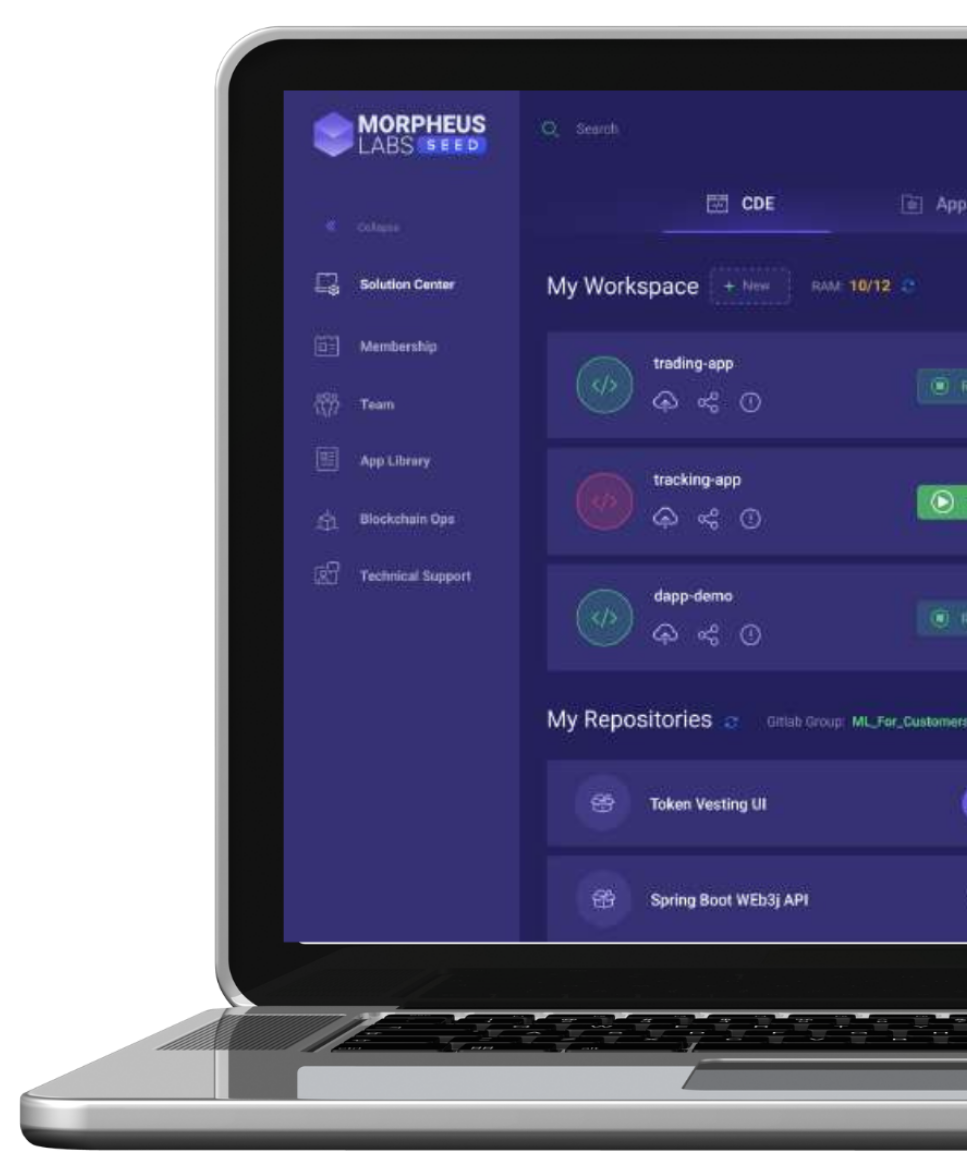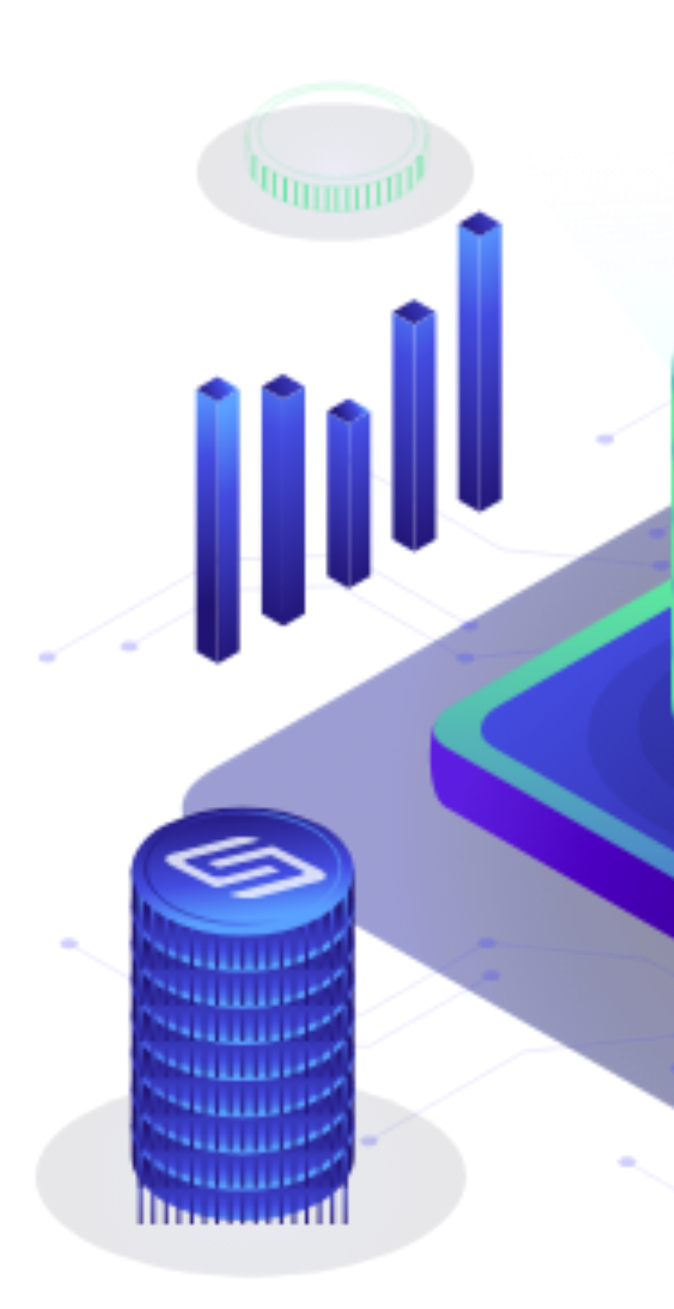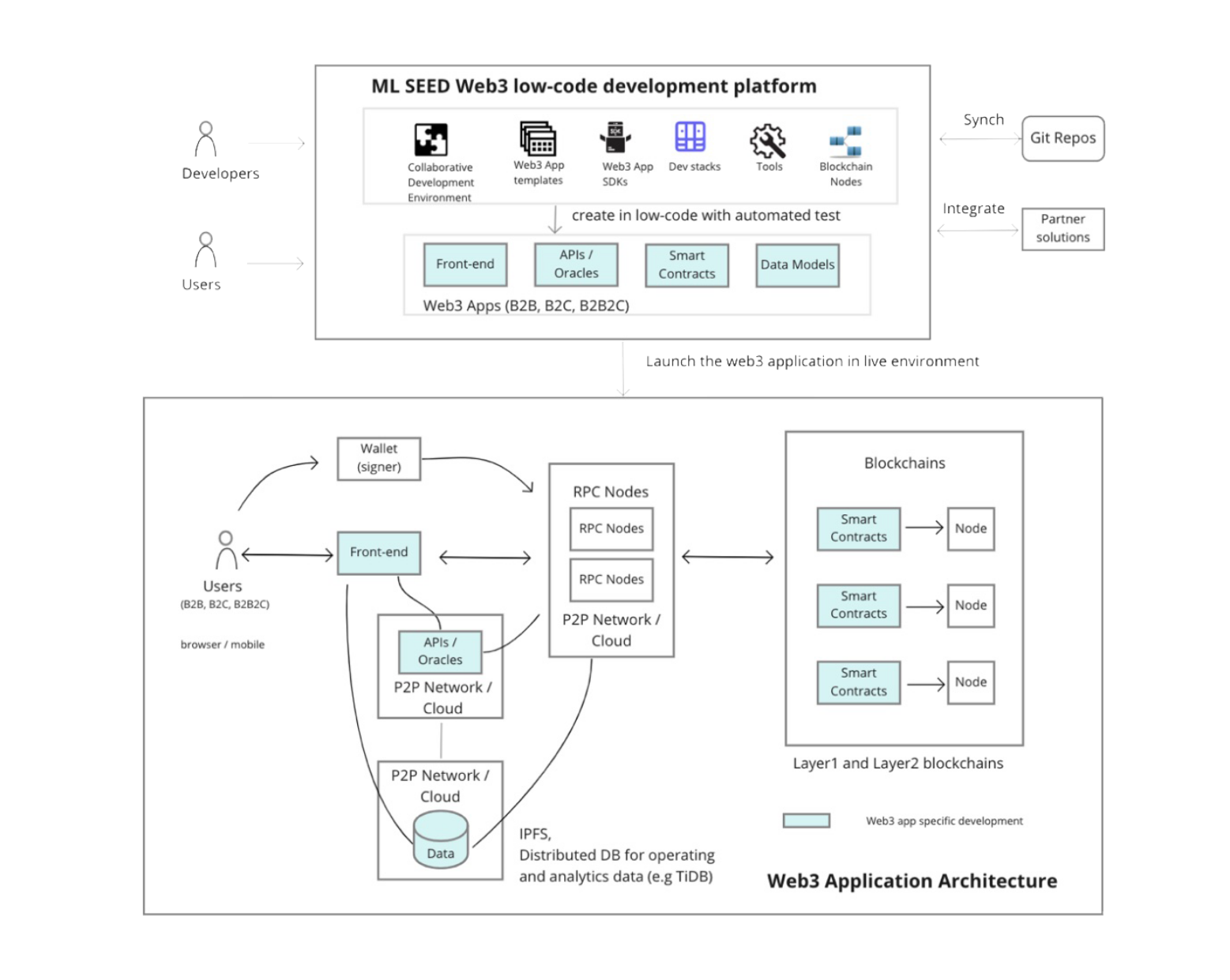Introduction to Low-code Platforms
Platforms that require little or no programming have created billions of dollars of market value through the acceleration and democratization of digitization. The market for low-code platforms has existed for decades, such as WIX and WordPress for creating company websites; OutSystems for building web applications; and Shopify for creating e-commerce websites. Currently, most organizations are operating in a digital world and in a post-pandemic era that demands increased development of internal and external software.
Across the Asia Pacific region, we are witnessing a wave of innovation that is gaining traction. In this space, companies are scaling rapidly and striving to be global from the start. Founded in the past 3–4 years, many of these companies abstract complexity and accelerate productivity by utilizing low/no-code solutions. There have been many exceptional times over the last few years to launch or scale a software company (regardless of whether it is low/no code). COVID-accelerated market conditions have resulted in digital adoption occurring at a faster rate than ever before.
In recent years, the internet has undergone a great deal of metamorphosis. Currently, web 3.0 or web 3 is being discussed throughout the tech world. This calls for an emphasis on the value advantages of web 3.0 and its applications. Consider the industries and solutions associated with web2 right now to get an idea of the scale of the problem. Globally, over 2.5 billion gamers believe they own the in-game assets, but this is not true. In contrast, Web3 allows content creators to exercise control, ownership, and monetization rights. In what way? The development of web3 is largely driven by blockchain and cryptocurrencies, which facilitate the foundation for NFTs. There are a number of significant details about web3’s functioning that make it a viable alternative to the existing web2 landscape. In essence, this quickens the adoption of blockchain technology as the World moves towards web 3 and calls for a greater need of low-code development platforms that accelerates the speed of adoption.
What is ML SEED?
ML SEED is a low-code development platform for developers to simplify and accelerate the development and launching of web3 applications that may support different types of businesses, B2B, B2C, or B2B2C.
If we further deep dive into the common underlying architecture of a Web3 application, we can see a Web3 application usually consists of the following components:
User front-end with wallet
APIs / Oracles (implement off-chain business logic or data integration logic)
off-chain data models (e.g.blockchain operating and analytics data, images, video files, metadata)
Smart contracts
(core business logic and data that require to be immutable and traceable)
The development, testing, and deployment of these components are usually tedious, complex and, time-consuming. To overcome these challenges, ML SEED provides the following features:

The development, testing, and deployment of these components are usually tedious, complex and, time-consuming. To overcome these challenges, ML SEED provides the following features:
A collaborative development environment (CDE)
allows developers to collaboratively code and test a web3 application anywhere and anytime just using a web browser.
Web3 App
Templates
are solution templates for specific web3 use cases that allow developers to jump-start / accelerate the development process.
Web3 App
SDKs
(software development kits) are client libraries for front-end applications to access blockchain data and smart contracts easily, e.g. blockchain SDKs, game engine SDKs, and SDKs for specific partner solutions.
Dev stacks
pre-installed and configured software and tools to be used in the CDE
Tools
other development, testing, and monitoring tools for web3 development, testing, and deployment.
Blockchain nodes
spin-off blockchain nodes on the ML SEED to facilitate testing
Partner Solutions
ML SEED has selected and integrated partner solutions (e.g. ChainUp and BlockDaemon for RPC nodes / APIs, PingCap’s TiDB for distributed DB) to provide end-to-end capabilities for developing enterprise-grade B2B web3 business solutions.
After a web3 application has been built and tested, ML SEED will automatically deploy the application to the Web3 live environment that requires peer-to-peer networks to run the front-end application, store off-chain data, blockchain mainnet to run smart contracts, and store on-chain data.
ML SEED supports auto-deployment to multi-clouds, different P2P storage networks, and multi-blockchains of the major layer-1 and layer-2 blockchains.
























